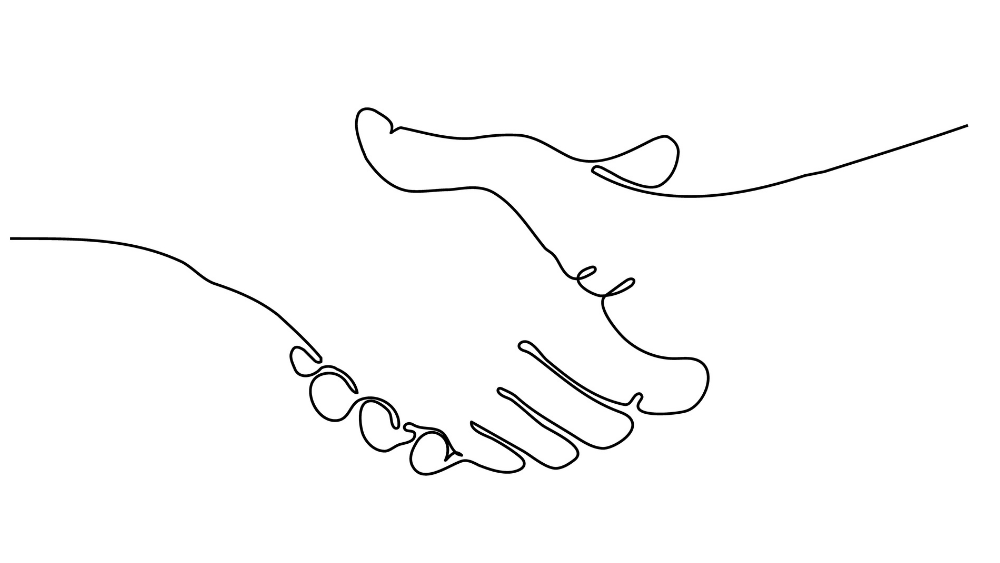Insights
INSIGHTS
All Topics
My Account
What is relationship-based fundraising?
05 Jan 2022by Christine Chiu
Here’s how charities can pull at the heartstrings to maximise fundraising
Building a long-term relationship plays a big part in fundraising strategy. Most charities already understand how to keep audiences engaged but, when asking for donations, fundraisers need to be aware that these relationships evolve over time.
Here, we look at relationship-based fundraising and explore how digital can make a difference.
What is relationship-based fundraising?
According to Ken Burnett, author of Relationship Fundraising : A Donor-Based Approach to the Business of Raising Money, relationship-based fundraising is a way of marketing which focuses on developing the “unique and special relationship that exists between a charity and its supporter”.
Burnett adds: “Every activity of the organisation is therefore geared towards making donors feel important, valued, and considered.”
Burnett describes how building a relationship with donors includes seeing them for not only as a means of financial support, but also as volunteers. It’s about valuing the donors’ perspective and connecting with them on that level, taking into account their views and needs.
For charities, adopting this approach helps to build the donor base and strengthen the legacy pipeline.
How does relationship-based fundraising work today?
Relationship-based fundraising is built on long-term dialogue with donors, in contrast with one-off solicitations. Digital technology is changing how that dialogue is taking place, enabling personalisation, direct marketing, and bespoke experiences.
CAF and Burnett agree that there are six key steps to successful relationship-based fundraising:
- Start by telling a story
- Build a relationship
- Genuinely ask for help
- Develop a consistent dialogue with donors
- Collect data on your audience
- Go back to the development of your story
Technology builds a relationship-based marketing strategy
Despite the notion that technology and digital outreach programmes are impersonal, social media and personalised marketing are making strides when it comes to fundraising.
Digital technology is tackling each barrier to relationship-based fundraising, many at a time, making it easier for charities to increase reach and fundraising firepower.
Immersive storytelling, for example, is giving donors’ insight and adding to fundraising successes. Great Ormond Street Hospital Children’s Charity (GOSH) is one organisation reaping such benefits. During last year’s Christmas campaign, the charity produced an animated film showing children returning home from the hospital.
Explaining the benefits Charlotte Young and Lee Griffiths from GOSH said: “Animated content works well for immersive storytelling because you can take advantage of ‘scrollmation’ – reveal and scroll effects – which gives the viewer an experience that they control.
“This creates a sense of engagement that you can’t replicate on most standard web pages.”
The campaign was a big hit. The immersive experience helped raise almost £100,000 beyond regular donations and the website garnered over 40,000 unique visits.
Building relationships and the call to action
Patience and understanding donors are the keys to this step in the process. Charities should understand that there is a natural ‘gap’ between a regular and legacy donor.
From a marketing perspective, this means still engaging with potential legacy donors, but charities should think about growing these from their existing supporter base.
Ensuring that audiences of all ages are engaged helps to funnel potential supporters and donors. That means giving people an opportunity to contribute regardless of their financial situation. Volunteering, fundraising, internships, and experiences all help build the call-to-action and relationship over time.
Once donors have made a commitment, remember, show them where their money is going. To keep that ongoing trust, ask donors for feedback, and make sure to engage your trustees on the job.
Updating your audiences
Letting audiences and donors know what your impact is goes a long way. For periodic and continued updates, social media lets audiences know right away how you’ve been.
As part of your approach to grow followers, Classy recommends using photos and video to entice audiences to keep watching. The strategy is to let people take a look ‘behind the scenes’ so they get an authentic view of the charity, its impact, and operations.
Don’t forget to mention your impact as part of your annual reports. The data does help institutional donors with formal processes to go through.
To engage major donors, consider letting them participate in board meetings so that they can ask questions and raise any concerns. Part of the relationship-based approach is to ensure that donor and audience views are listened to and addressed.
Collect and analyse data
After going through the story building and relationship process, stand back and collect feedback. Constituent relationship management (CRM) systems are invaluable in helping charities do this.
The benefits to using big data from CRM systems includes deep diving into user, engagement, impact, outcome, and donor data sets. From the CRM extracts, charities can assess what is going well, and what isn’t in terms of approach.
Next, refine and tailor the digital approach using the trend data and, finally, start your relationship-based fundraising strategy again by adding your progress to the charity story.
More on this topic
Recommended Products
21 Feb 2025by Ioan Marc Jones
How charities stopped centring service users
20 Feb 2025by Laura Stanley
The simplest way to collect contactless donationsSponsored Article
Our Events
Charity Digital Academy
Our courses aim, in just three hours, to enhance soft skills and hard skills, boost your knowledge of finance and artificial intelligence, and supercharge your digital capabilities. Check out some of the incredible options by clicking here.















